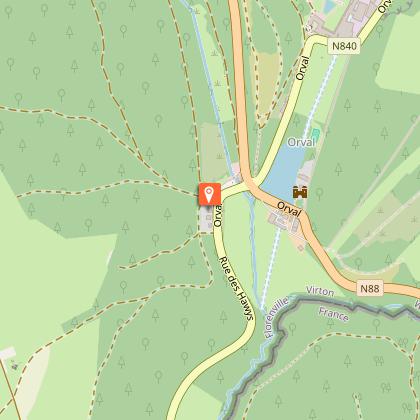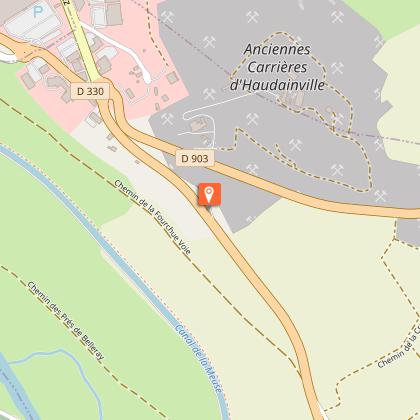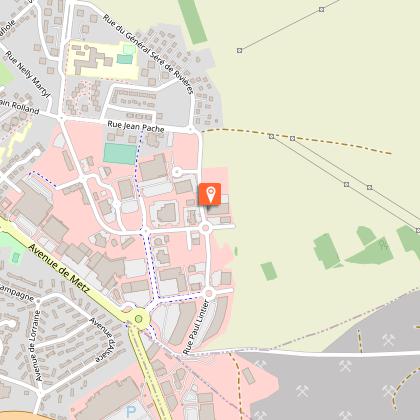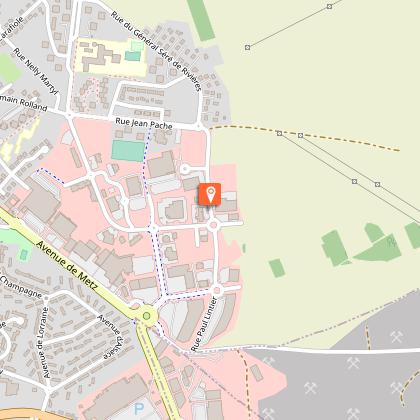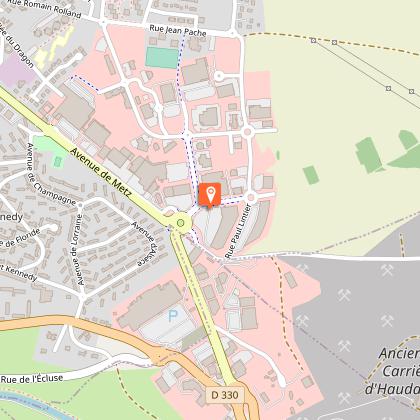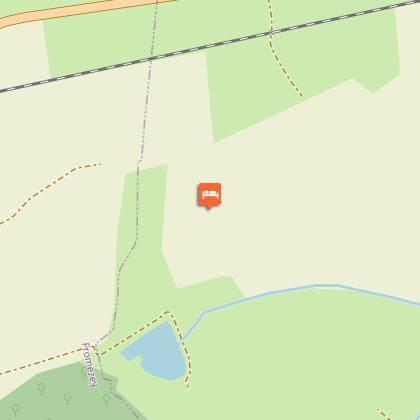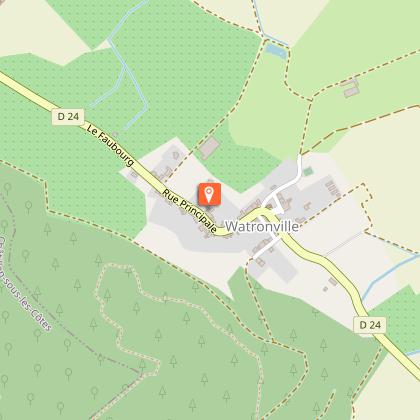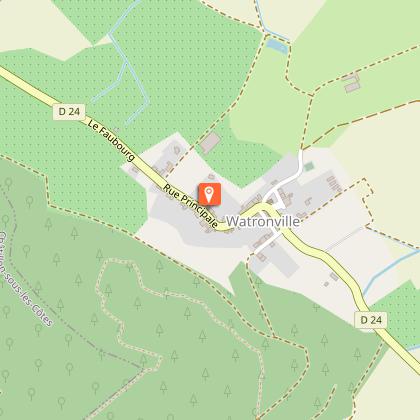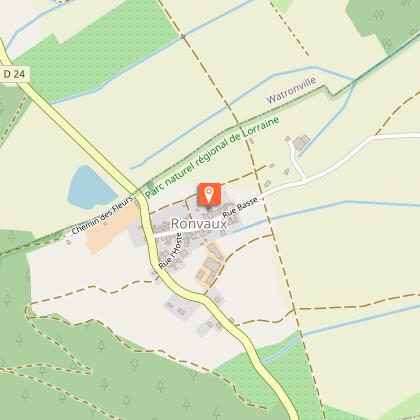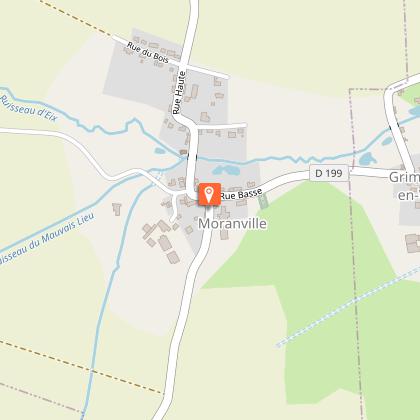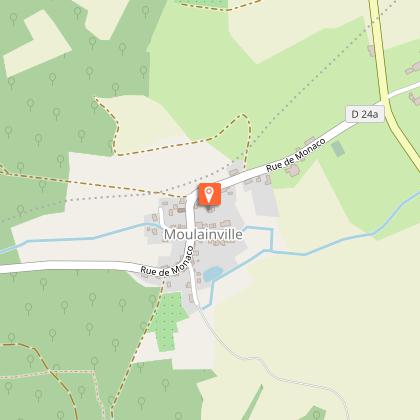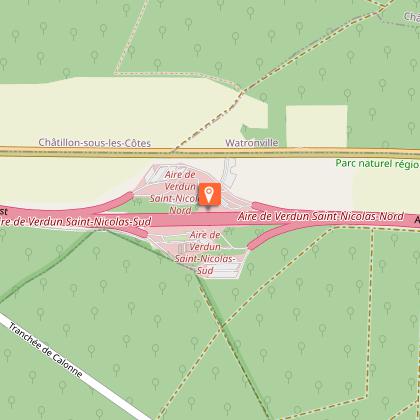Tours
Activities
Places of interest
Where to eat
Where to sleep
Trompette Guy: Discovering Chatillon-sous-les-cotes
Are you the owner?Welcome to Trompette Guy, your perfect starting point to explore Chatillon-sous-les-cotes, a hidden gem nestled in the Meuse region of Lorraine. Embark on an adventure to uncover a wealth of activities and attractions nearby. Stroll along the beautiful hiking trails meandering through the picturesque mountains and valleys of the area. Visit Lake Madine, an ideal spot for water activities or simply...See more
Walking around TROMPETTE GUY
See more suggestionsDiscover the walking paths of TROMPETTE GUY.
See more suggestionsWhat to do in TROMPETTE GUY
See more suggestionsExplore TROMPETTE GUY through its many bookable activities.
See more suggestionsIGN cards

3213SB - VIGNEULLES-LÈS-HATTONCHÂTEL DIEUE-SUR-MEUSE
Editor : IGN
Collection : TOP 25 ET SÉRIE BLEUE
Scale : 1:25 000
13.90€

3212SB - ÉTAIN DOUAUMONT VAUX-DEVANT-DAMLOUP
Editor : IGN
Collection : TOP 25 ET SÉRIE BLEUE
Scale : 1:25 000
13.90€

105 CHARLEVILLE-MÉZIÈRES VERDUN FÔRET DES ARDENNES VALLÉE DE LA MEUSE
Editor : IGN
Collection : TOP 100
Scale : 1:100 000
8.40€

111 METZ VERDUN THIONVILLE PNR DE LORRAINE VALLÉE DE LA MOSELLE
Editor : IGN
Collection : TOP 100
Scale : 1:100 000
8.40€
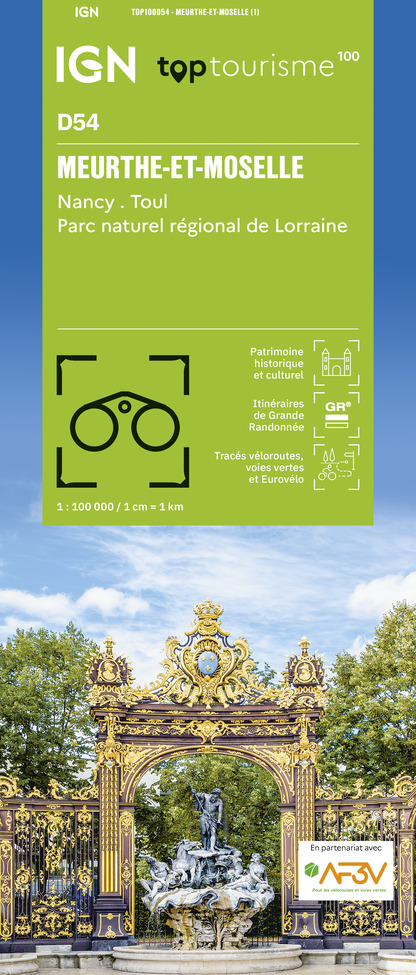
TOP100D54 - MEURTHE-ET-MOSELLE NANCY TOUL PARC RÉGIONAL DE LORRAINE
Editor : IGN
Collection : TOP 100
Scale : 1:100 000
8.40€

D51-55 MARNE MEUSE
Editor : IGN
Collection : CARTES DÉPARTEMENTALES IGN
Scale : 1:150 000
5.90€

D54-57 MEURTHE-ET-MOSELLE MOSELLE
Editor : IGN
Collection : CARTES DÉPARTEMENTALES IGN
Scale : 1:150 000
5.90€

EUROPE
Editor : IGN
Collection : DÉCOUVERTE DES PAYS DU MONDE IGN
Scale : 1:2 500 000
7.00€

ALLEMAGNE
Editor : IGN
Collection : DÉCOUVERTE DES PAYS DU MONDE IGN
Scale : 1:800 000
7.00€

87055 - BATAILLE DE VERDUN
Editor : IGN
Collection : ÉVÈNEMENT
Scale : 1:75 000
8.50€
What to visit in TROMPETTE GUY
See more suggestionsLearn the history of TROMPETTE GUY through its museums.
See more suggestionsWhere to eat in TROMPETTE GUY
See more suggestionsEnjoy delicious dishes at TROMPETTE GUY's restaurants.
See more suggestionsWhere to sleep in TROMPETTE GUY
See more suggestionsBook a pleasant stay in TROMPETTE GUY.
See more suggestions















